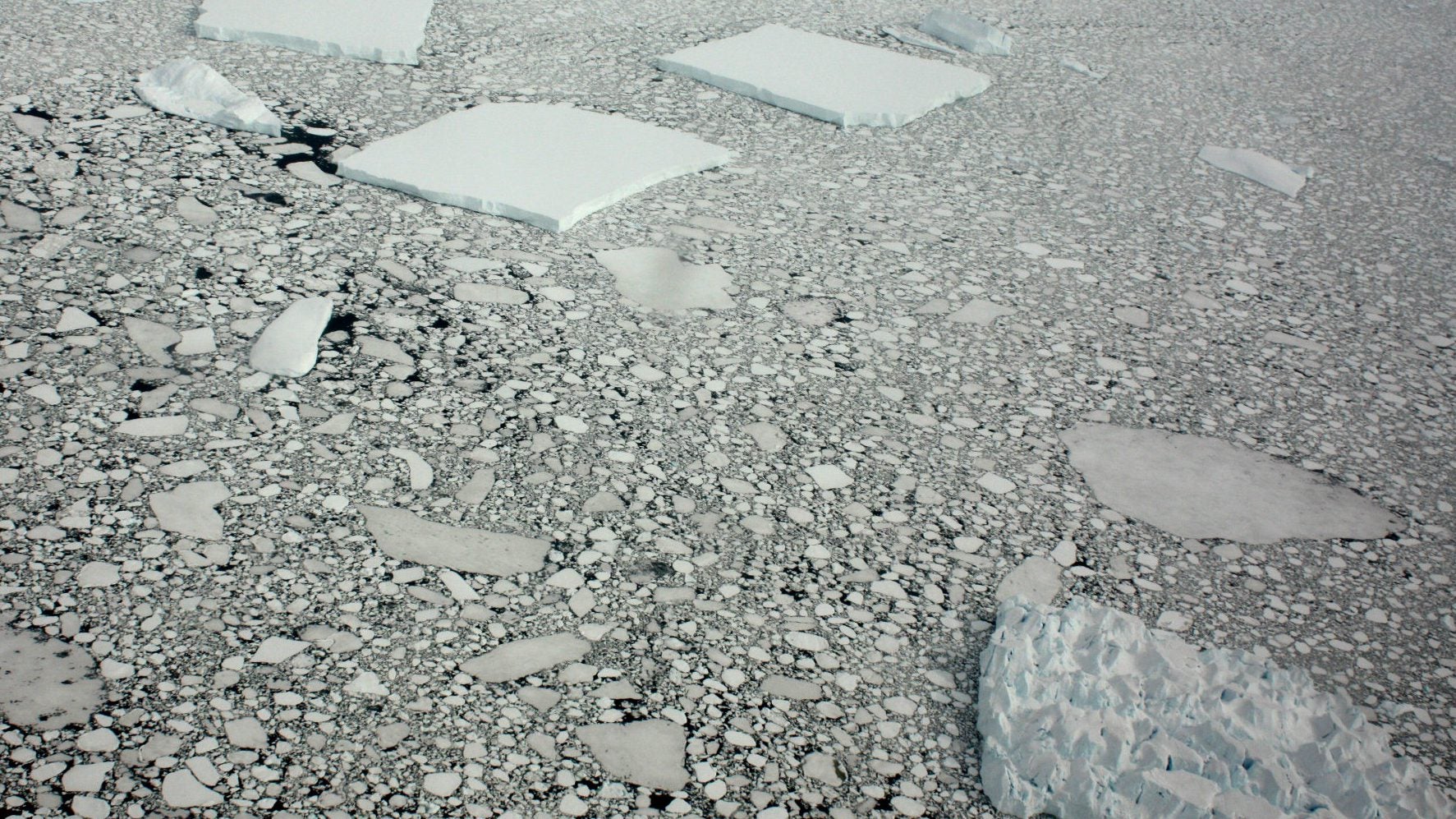Land where 153 million people live may be underwater by 2100
Projections of how high oceans will rise in the future just got an update for the worse.


Projections of how high oceans will rise in the future just got an update for the worse.
In a paper published this week in the journal Earth’s Future, researchers incorporated the latest knowledge about ways the Antarctic ice sheet could collapse with existing sea-level rise models, and found the new Antarctic science more than doubles previous projections.
If we stay on our current trajectory of fossil-fuel use, median global average sea-level rise could be 4 feet 9 inches (about 1.5 meters) by 2100, compared to the 2 feet 5 inches projected by the 2014 UN Intergovernmental Panel on Climate Change (IPCC) report. (That translates to a range of 3 to 8 feet globally, compared 1.6 to 3.9 feet cited by the IPCC.)
The drastic increase is due to new science about the ways “hydrofracturing” (when meltwater cracks ice shelves) and collapsing ice cliffs could summon rapid collapse and meltdown on the Antarctic ice sheet. As Mashable notes, the IPCC report did not incorporate the possibility that large parts of the Antarctic ice sheet could become unstable and disintegrate into the sea. Scientists now consider this a possibility.
In a world where large chunks of the Antarctic ice sheet melt away, the resulting sea-level rise would “submerge land currently home to more than 153 million people,” the researchers on the new paper write. Southeast Asia, where sea levels are already rising disproportionately, would experience the greatest amount of displacement. People living in coastal areas of China, Bangladesh, India, Indonesia, and Vietnam would be hardest hit by the additional rise in ocean levels.
It isn’t clear how likely the physics cited in the study are to pan out. Understanding that something is a physical possibility is not the same as knowing how likely it is. What can be gleaned from this paper is the possibility of an increase in certain types of ice collapse that matter enormously to sea-level rise. Future sea-level rise, the researchers write, is highly sensitive to “deeply uncertain physics”—which should make coming up with mitigation and adaptation solutions an even more pressing matter.
The study also notes that this potential catastrophic inundation could be mitigated under a scenario in which the world rapidly reduces carbon emissions to meet Paris Agreement global temperature goals. If we could keep temperatures from passing 2°C above pre-industrial levels, it would greatly lower the risk of make a major meltdown of the Antarctic ice sheet. Unfortunately, some research suggests it’s highly unlikely we’ll meet that goal.